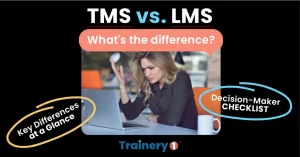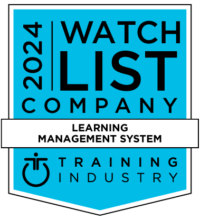As numerous states begin to reopen, the U.S. Department of Labor’s Occupational Safety and Health Administration (OSHA) recently announced a revised recordkeeping enforcement memorandum, effective May 26, 2020, that outlines when employers must record COVID-19 cases as a work-related illness.
This revised guidance replaces OSHA’s previous April 2020 memorandum and removes the relaxed application of the agency’s recordkeeping requirements contained therein. Thus, OSHA’s prior, noticeably more stringent requirements apply as of May 26, 2020. OSHA has also updated its Interim Enforcement Response Plan for Coronavirus to reflect the updated enforcement guidance, and indicated that the agency is increasing in-person inspections at all types of workplaces.
Under the revised memorandum, employers who are required to maintain OSHA injury and illness logs must record cases of COVID-19 as a recordable illness if:
- The case is a confirmed case of COVID-19, as defined by the Centers for Disease Control and Prevention (CDC);
- The case is work-related as defined by 29 CFR § 1904.5; and
- The case involves one or more of the general recording criteria set forth in 29 CFR § 1904.7, such as medical treatment beyond first aid or days away from work.
Under the April 2020 memorandum, OSHA had applied additional factors for an employee case of COVID-19 to qualify as recordable, namely, that there must be “objective evidence” that the illness was work-related and that this evidence was “reasonably available” to the employer. Those additional factors no longer apply as of May 26, 2020.
Certain employers in low-risk industries or with 10 or fewer employees may not be required to maintain OSHA injury and illness logs except for illnesses that result in a fatality, in-patient hospitalization, amputation, or loss of an eye.
While it may be difficult for employers to determine whether a COVID-19 illness is work-related, the revised memorandum indicates that employers must make reasonable efforts, based on the evidence available to them, to assess in good faith if a particular case of COVID-19 is work-related. The revised memorandum details particular enforcement considerations OSHA will apply when determining whether an employer has complied with its obligation to make a reasonable determination, namely:
- The reasonableness of the employer’s investigation into work-relatedness. The guidance indicates that in most circumstances an employer should: (1) ask the employee how they believe they contracted COVID-19, (2) discuss with the employee their work and out-of-work activities that may have led to contracting COVID-19 (while respecting employee privacy), and (3) review the employee’s work environment for potential COVID-19 exposure, including any other workers who contracted COVID-19.
- The evidence available to the employer. The guidance indicates an employer should not only consider all the information reasonably available to it at the time, but also revisit its determination if it learns of additional information related to the employee’s illness.
- The evidence that a COVID-19 illness was contracted at work. The guidance provides several examples of evidence that may weigh in favor of work-relatedness, including: (1) multiple positive diagnoses among workers who work closely together and no alternative explanation, (2) an employee contracting COVID-19 shortly after lengthy, close exposure to a particular customer or coworker with a confirmed case of COVID-19 and no alternative explanation, or (3) an employee’s job duties involving frequent, close exposure to the general public in a locality with ongoing community transmission and no alternative explanation. The guidance also provides examples of evidence that may weigh against work-relatedness.
Employers should be mindful of these detailed enforcement considerations, as they are notably more rigorous than what was previously required under OSHA’s earlier April 2020 guidance. Ultimately, an employer does not need to record a COVID-19 illness if it cannot determine “whether it is more likely than not that exposure in the workplace played a causal role with respect to a particular case of COVID-19.”
You may also contact JER HR Group at JER HR Group (866) 475-7687.
Analysis and commentary by Reed Smith attorneys on developments in employment and labor law. Authors Betty S.W. Graumlich, Ben H. Patton, Mark Passero and Noah Oberlander May 21, 2020








